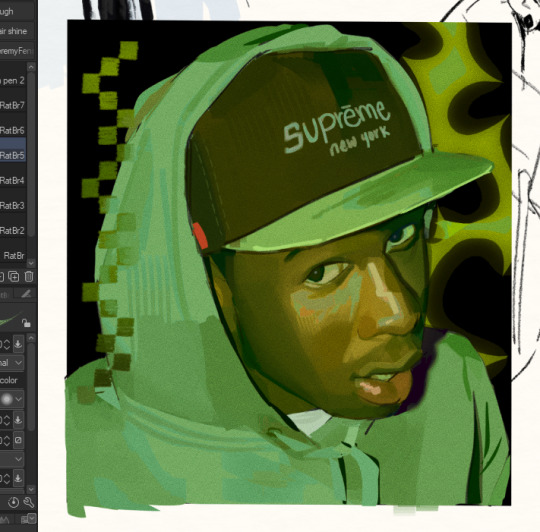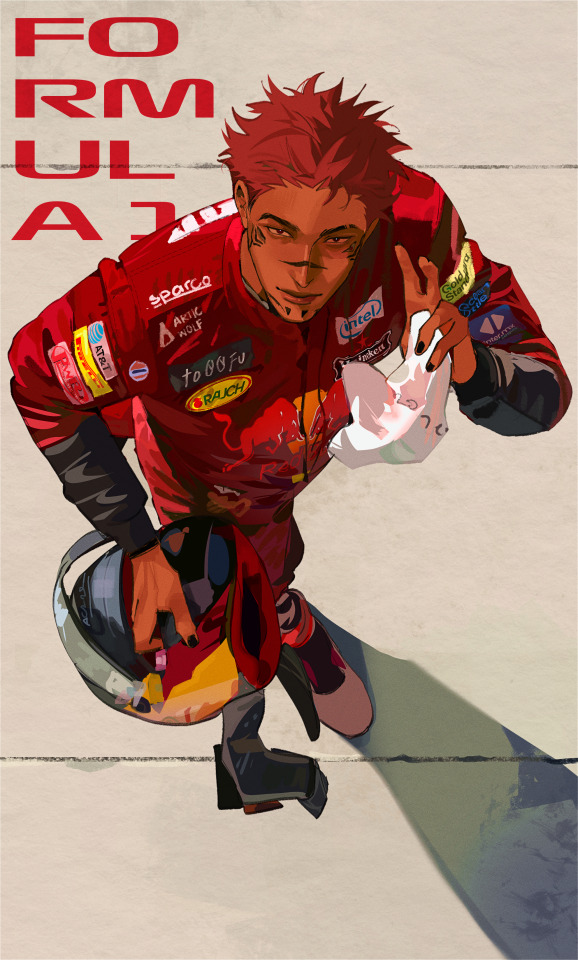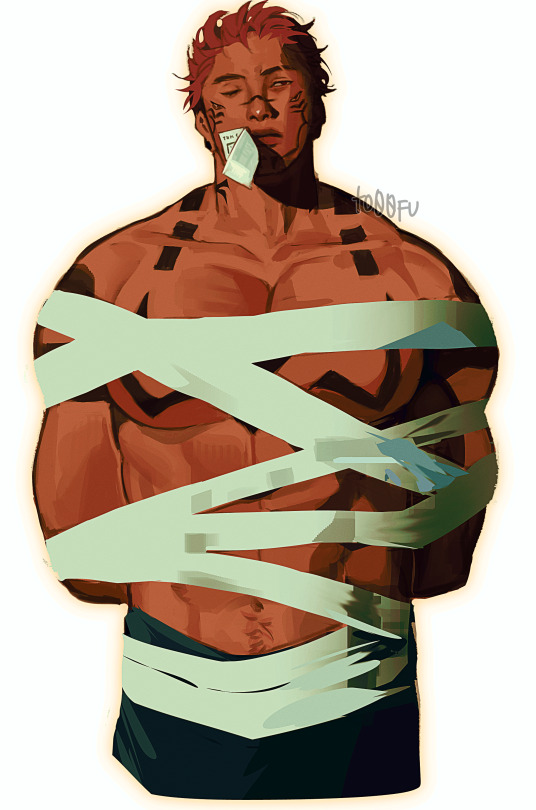🇵🇭 he/they ✦ mostly sukugo ✦ no reposts please, especially on p͟i͟n͟t͟e͟r͟e͟s͟t͟ ✦ you can find my art prints here: https://www.inprnt.com/gallery/to00fu/
Don't wanna be here? Send us removal request.
Text
My brother. Abd must leave for treatment. The crossings have been opened for humanitarian cases. Save my brother before he becomes paralyzed. Please donate, even if it is $5, it will make a big difference.
Gaza must be evacuated for treatment
Vetted
Vetted
Save my brother before it's too late 🥺🙏
9K notes
·
View notes
Text


#fanart#jjk#jujutsu kaisen#art#gojo satoru#ryomen sukuna#sukugo#gosuku#doodle#stressed rn. I NEED TO DIE but i cant bc sukugo
2K notes
·
View notes
Text

honeymoon 💌
#fanart#jjk#jujutsu kaisen#art#gojo satoru#ryomen sukuna#sukugo#gosuku#sketch#i was watching the monaco grand prix and i thought of them having a honeymoon there
3K notes
·
View notes
Text

behind the scenes wtv
2K notes
·
View notes
Text

ok wheres my f1 sukugo fic
5K notes
·
View notes
Text

req
2K notes
·
View notes
Text

study
1K notes
·
View notes
Text


yyep..
#fanart#jjk#jujutsu kaisen#art#gojo satoru#ryomen sukuna#f1#red bull sukuna but i uh wanted his uniform red💔#sukugo f1 rivals?!! please ..uhghhuf. hhelp
4K notes
·
View notes
Text

i just wanted to share this doodle i made because my friend, who has never watched or read jjk, assumed they were two different people. he thought true form sukuna was his father as well😭
#fanart#jjk#jujutsu kaisen#art#ryomen sukuna#doodle#lowkey.. this is a fire au... has someone made a fic of it
1K notes
·
View notes
Text

f1 kuna
no text ver

#fanart#jjk#jujutsu kaisen#art#ryomen sukuna#f1#f1 sukuna has been rotting my brain for months#i had to research everything abt f1 and ig im a fan now
7K notes
·
View notes
Text


2025 vs 2023 :3
932 notes
·
View notes
Text

happy birthday to me indeed
4K notes
·
View notes
Text

No one wants to leave the country they grew up in, but news like this shows how difficult it is to live in Gaza with homes, schools and hospitals destroyed.
So I hope you can help me evacuate my family from Gaza so that my father can get treatment abroad. I beg everyone who sees this to either donate or participate so that we can get out of this nightmare.
24K notes
·
View notes
Text




it's my birthday and i wish for a sukugo themed birthday party :3
2K notes
·
View notes
Text

i wish i have sukuna to comfort me
3K notes
·
View notes
Text

4K notes
·
View notes
